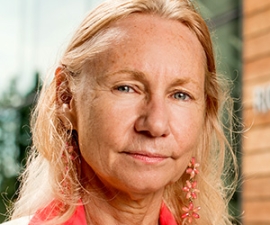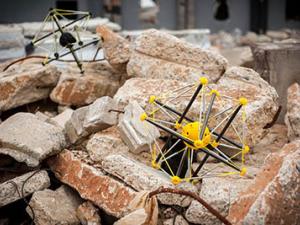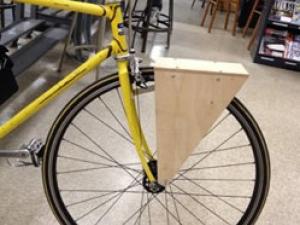

Research Expertise and Interest
intelligent learning systems, information retrieval and data mining, multiobjective and strategic product design, nonlinear optimization, probabilistic modeling, intelligent control and manufacturing, sensor validation and fusion and diagnostics, wireless sensor networks, multimedia and computer-aided design, design databases, design theory and methods, MEMS Synthesis and CAD, artificial intelligence and decision and expert systems, gender equity
Research Description
Alice Agogino is interested in new product development, computer-aided design and design databases, design theory and methods, intelligent learning systems, information retrieval and data mining, multiobjective and strategic product design, nonlinear optimization, probabilistic modeling, intelligent control and manufacturing, multimedia, graphics, multimedia and artificial intelligence and decision and expert systems. A spin-off of her work on space exploration with NASA, she is conducting research and translating it to practice with her start-up Squishy Robotics. Research that engages Squishy Robotics includes rapidly deployable tensegrity robots for disaster response, and early detection and characterization of wildfires and methane.

